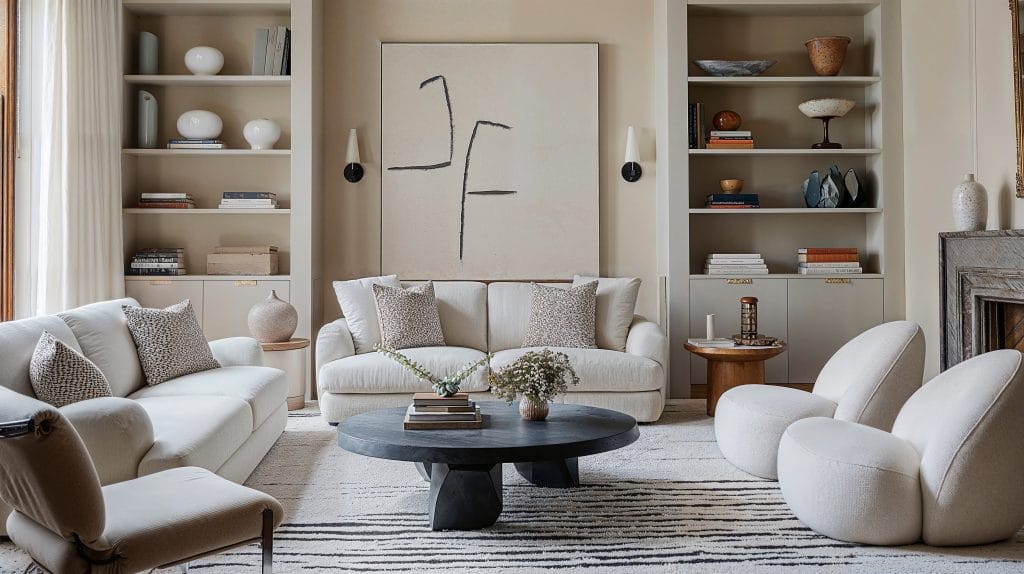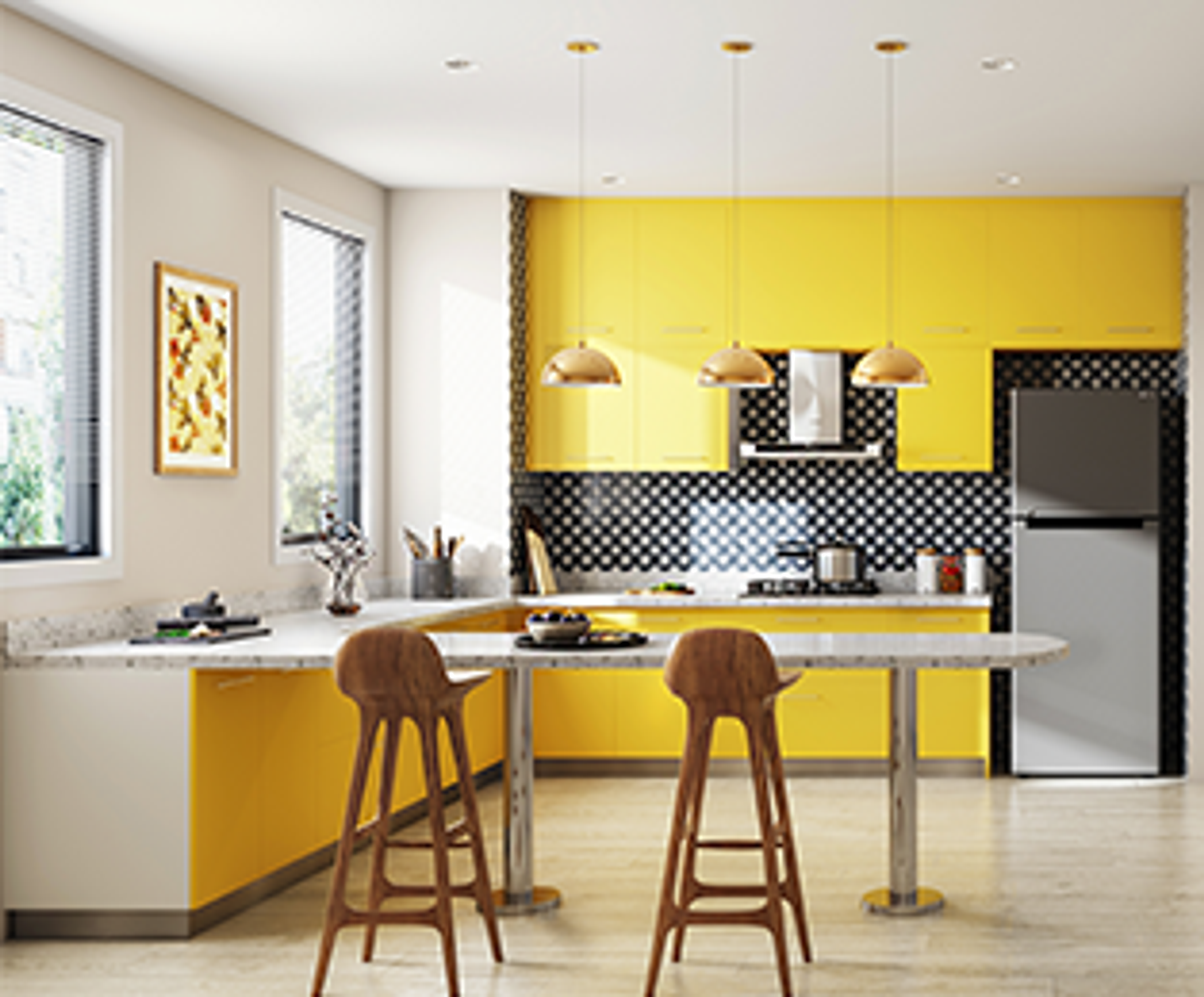Work with top miami interior design professionals for customized luxury spaces.
Work with top miami interior design professionals for customized luxury spaces.
Blog Article
Change Your Home With Essential Principles of Interior Style and Aesthetics
By understanding the influence of shade theory and the value of texture and patterns, one can develop rooms that are not just visually appealing yet additionally deeply personal. Accomplishing this stability entails even more than plain design; it includes a calculated arrangement and an eager understanding of exactly how each aspect communicates within an area.
Understanding Color Theory
Color concept is an essential aspect of indoor style that considerably influences mood, understanding, and general aesthetic. Recognizing the principles of color theory enables designers to produce rooms that reverberate mentally with owners while fulfilling functional requirements (Architecture Firm). Colors can be categorized into 3 main kinds: key, second, and tertiary. Each classification plays an essential duty in developing harmony within an area.
The psychological impact of colors is extensive; warm colors such as reds and oranges stimulate energy and heat, while trendy tones like blues and environment-friendlies promote peace and harmony. In addition, the use of complementary colors boosts visual passion, developing striking contrasts that can boost a space's charm.
Neutral colors, on the various other hand, function as a versatile backdrop, permitting various other design elements to radiate. It is important to take into consideration aspects such as lights and the space's objective when picking a color scheme, as these can change the understanding of colors throughout the day.
Eventually, a well-considered color system can change a room, fostering a feeling of convenience and design that straightens with the occupants' choices. Mastery of color concept is, for that reason, an important ability for any kind of interior developer aiming to develop unified and inviting environments.
Attaining Balance in Design
Exactly how can designers attain a feeling of stability in their rooms? Accomplishing equilibrium in design is essential to producing unified insides.
Unbalanced equilibrium, on the various other hand, depends on differing elements that still attain a cohesive appearance. This approach enables even more vibrant and casual setups, giving rate of interest while maintaining equilibrium. By thoroughly selecting varying sizes, shades, and structures, developers can develop an aesthetically engaging space that really feels well balanced yet energised.
Radial balance stresses a main focal point with elements emitting outward. This design is generally seen in circular designs, where furnishings and decor develop a cohesive border that attracts the eye inward.
Ultimately, accomplishing equilibrium requires thoughtful factor to consider of scale, percentage, and the connections in between components. interior design firms. By skillfully using these balance principles, designers can change areas into settings that feel both cosmetically pleasing and functionally unified, enhancing the total experience for owners
Value of Spatial Recognition

An eager feeling of spatial understanding permits developers to identify focal factors within a space, leading the customer's interest to vital attributes while preserving an overall sense of unity. It additionally aids in the calculated positioning of lights, which can drastically influence the read review understanding of space and state of mind. In addition, understanding spatial connections allows the designer to satisfy the particular needs of residents, guaranteeing that each location serves its desired function without jeopardizing visual appeals.
Ultimately, spatial recognition is critical for making best use of the potential of any type of indoor space. By thoroughly thinking about the interaction between measurements, design, and function, developers can produce settings that not only fulfill practical requirements however likewise stimulate a sense of comfort and beauty, boosting the total living experience.
Including Structure and Patterns
Welcoming a diverse range of textures and patterns can substantially enhance the aesthetic and tactile appeal of an interior space. The calculated use of various materials-- such as wood, steel, textile, and rock-- develops depth and passion, making an area feel more inviting and vibrant. Integrating smooth surfaces with harsh structures can develop a balance that draws the eye and engages the senses.
When incorporating patterns, think about both scale and repetition. Large patterns can imp source work as centerpieces, while smaller, refined designs can enhance other aspects without overwhelming the room. Layering patterns, such as pairing flower cushions with candy striped throws, adds complexity and a feeling of consistency if carried out attentively.
It is additionally crucial to preserve a natural shade combination, making certain that textures and patterns collaborate instead of compete for attention. By selecting a couple of essential appearances and patterns, you can create a linked aesthetic that reflects your personal design while boosting the general ambiance of the area. Eventually, the cautious consolidation of these elements can transform a mundane space right into a sophisticated environment rich with personality and warmth.
Customizing Your Space
Developing a space that reflects your character is vital to accomplishing a genuinely inviting atmosphere. Customization in interior decoration allows you to infuse your unique design and rate of interests right into your home, transforming it from a simple shelter into a refuge that speaks with who you are. Begin by picking a shade combination that resonates with your feelings-- bold colors can stimulate, while soft tones use peace.
Integrate art work and decoration that show your interests, whether it be travel, nature, or abstract concepts. Showing individual collections, such as publications, photos, or souvenirs, can stimulate treasured memories and create centerpieces within a room. Furthermore, take into consideration personalizing practical pieces, like upholstered furniture, to straighten with your visual choices.

Conclusion
In final thought, the makeover of a home through the important concepts of interior design and aesthetics necessitates an extensive understanding of shade concept, equilibrium, spatial understanding, texture, and personalization. Each aspect contributes considerably to creating a harmonious and practical living environment - luxury interior design. By attentively incorporating these principles, people can improve the visual appeal and emotional vibration of their areas, inevitably promoting a home that mirrors distinct identities while giving convenience and practicality
Report this page